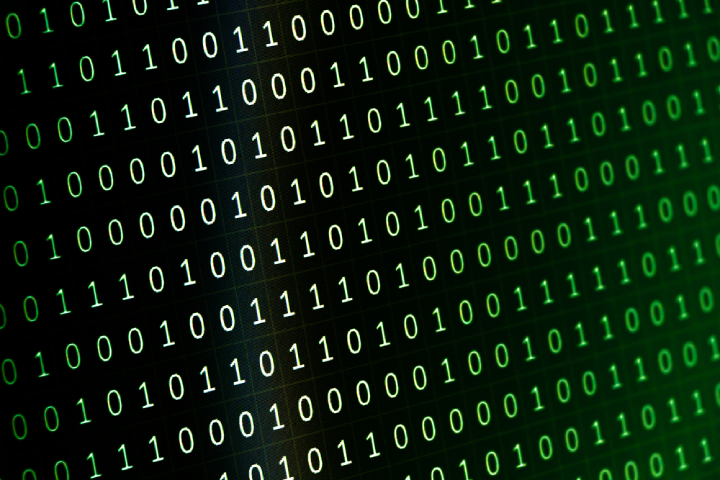
A bit is considered the smallest unit of data in computing that a computer can process and store.
It is short for binary digits, as it is always in one of two physical states. These states are represented either by one binary value (0 or 1).

What is a bit?
Bits are usually grouped into bit multiples called bytes to store data and execute instructions. A group of eight bits is usually defined as a byte.
Large denominations of computer memory are composed of bits, moving up through bytes, kilobytes, megabytes, gigabytes and terabytes.
Even if a computer might generally be able to manipulate data only by counting bits, most systems start processing directly in bytes.
With quantum computing, bits may be replaced with qubits. These can be in a much higher number of states, including one, zero, or a number of superpositions of these states. The ability to be in more states would allow much more information to be processed in a much shorter time.
How does a bit work?
A byte is composed of numerous bits, and each one of them is assigned a specific value. This is called a place value, and it is useful to determine the meaning of the whole byte. In simpler terms, the place values of the bytes assign a character to each byte.
The place values are assigned to each bit following a right-to-left pattern, starting with a one and doubling it for each bit. So it would go from one to two, from four to eight to 16, and so on.
Read more: What is SMB?






